Have you ever thought about quitting your job, changing your life, doing something totally different? This is almost a rhetorical question nowadays, we all think about it from time to time!
But even so, most of us choose to keep doing the same job, year after year; some of us love it, others don't. And that’s fine, as long as we are free to do something different if we choose to. This choice or alternative is not necessarily something we really want to see taking shape, it is rather just something we need to know is there..., an option, even if it's only in our imagination! We need to have it! It is an expression of our free-will.
But have we ever imagined how it would be not to have this choice? To live bearing in mind there is no choice and there are millions of people wanting our job? You would not have any kind of working alternative, if you were so „lucky” as to be born into one of the lowest Hindu castes in India.
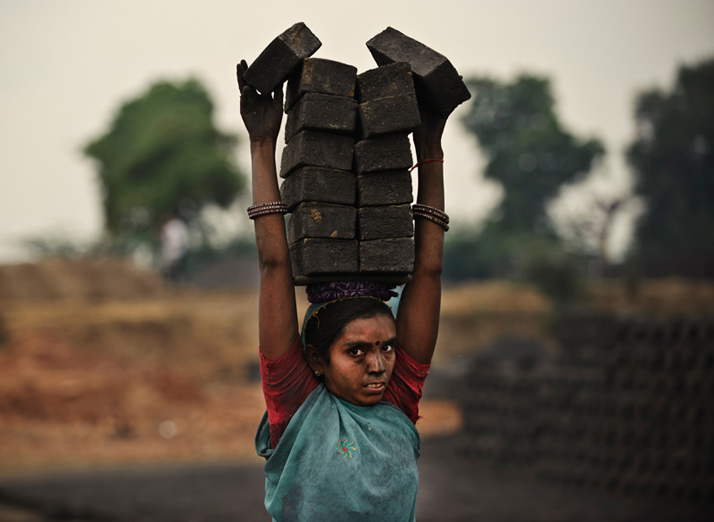
I do not know much about the Indian castes myself, but the little I found out during my trip is that it is one of the world's longest surviving forms of social stratification. The caste pyramid has been embedded in Indian culture since time immemorial, and it follows a basic precept:all humans are created unequal.
The images presented in this episode are meant to give a bit of the „flavor” of being at the very bottom of the system, to present you people that have no choice due to the place, moment and time of their birth. It is almost impossible to „escape” from there, and the fight is very tough.
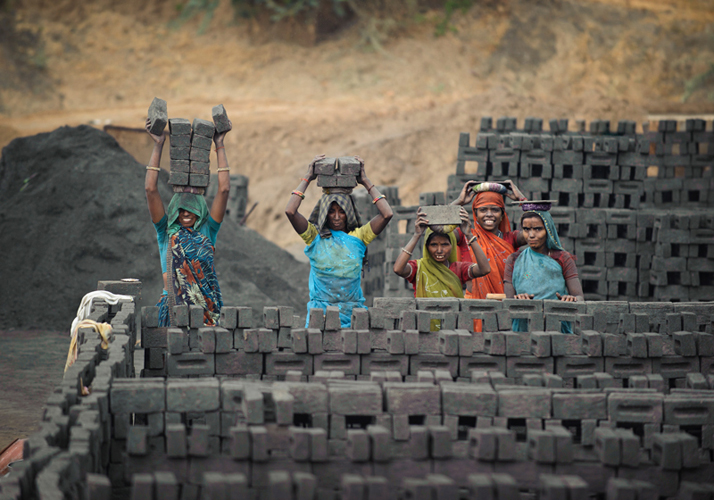
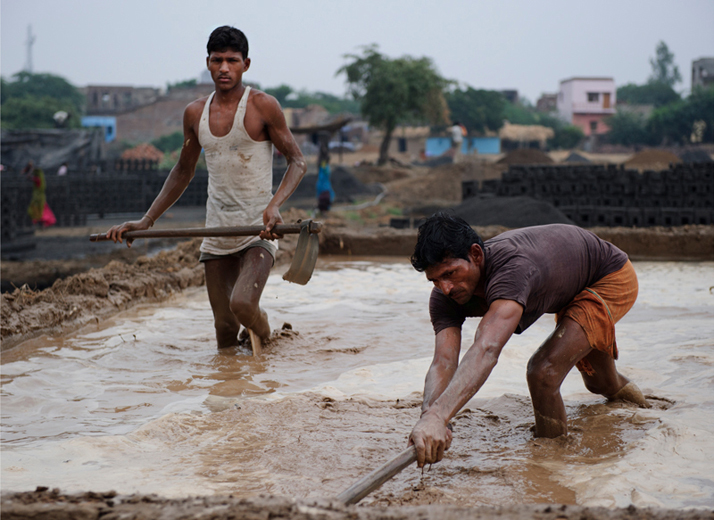
The brick workers, I spotted them from the car while visiting villages in Rajahstan state (one of the most beautiful and colorful states in India, similar to our Romanian Maramures). I first saw them like some colorful little ants, lost in a huge valley of bricks. When I got inside their workplace, the first thing I noticed were their little smiles beneath the loads of bricks; I read that as an open invitation to walk around and photograph them.
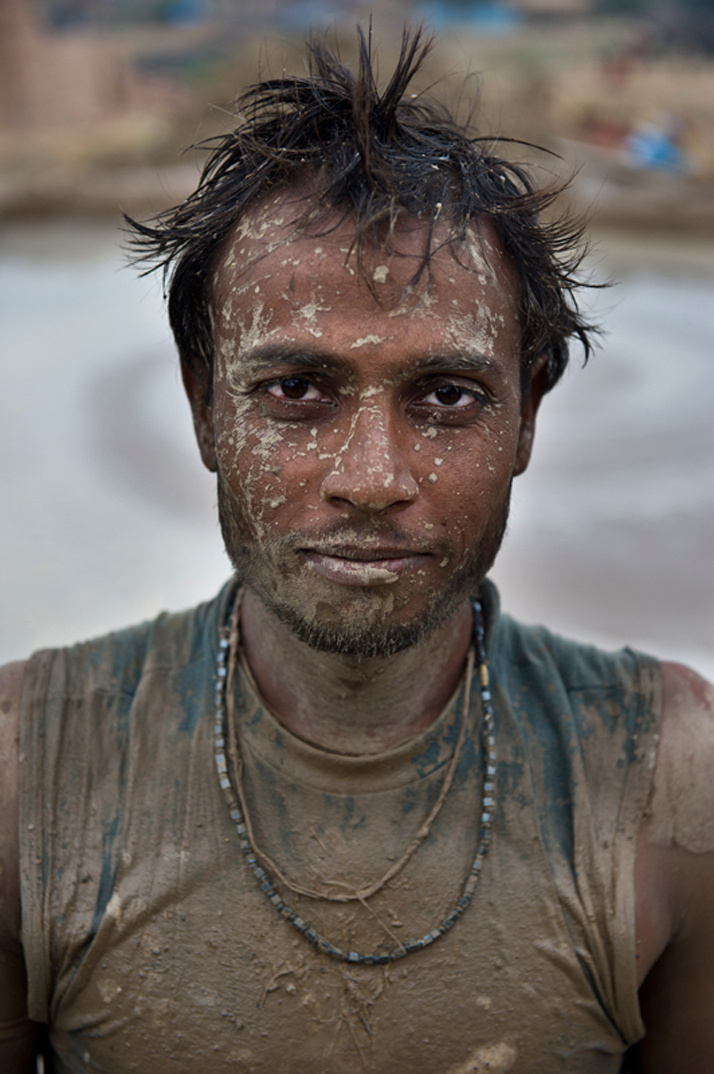
Even though I was keeping some distance away from these women, I remember I felt an instant pressure on my forehead.
My mind was playing tricks on me and I suddenly felt all those bricks falling all over me. I was looking to my left, back and right three times a second, scared get in anyone’s way. How could they carry that huge load? I took one brick in my hand just to feel its weight..., then mentally multiplied it with 14 and put it on my head. No, thanks!
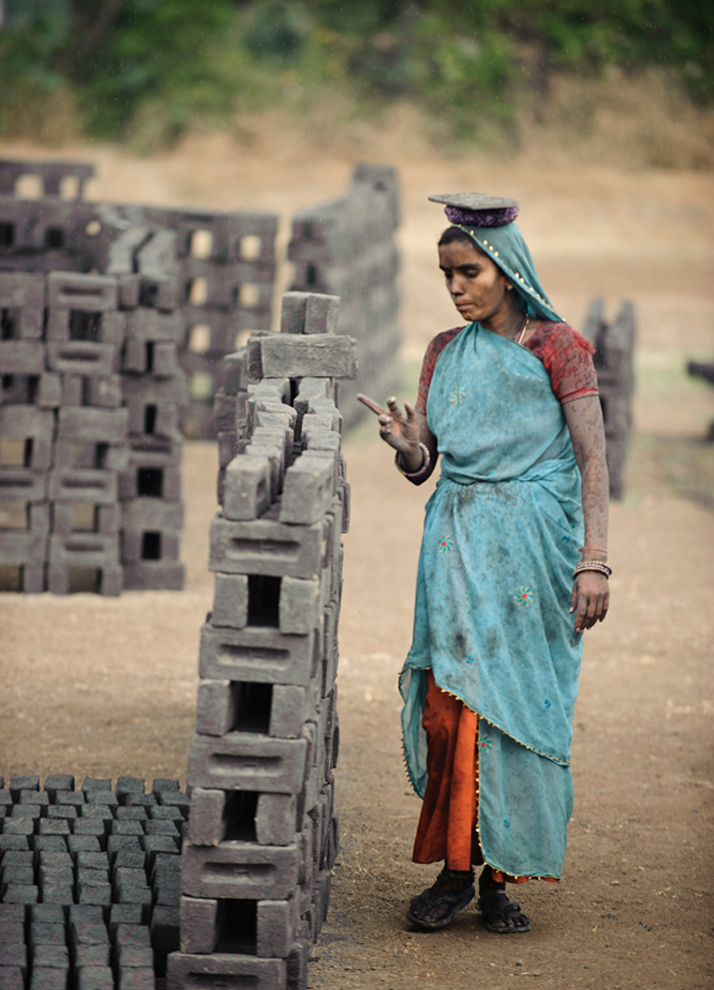
I think it would be impossible for anyone to carry such a weight, relying on an empty soul
inside...
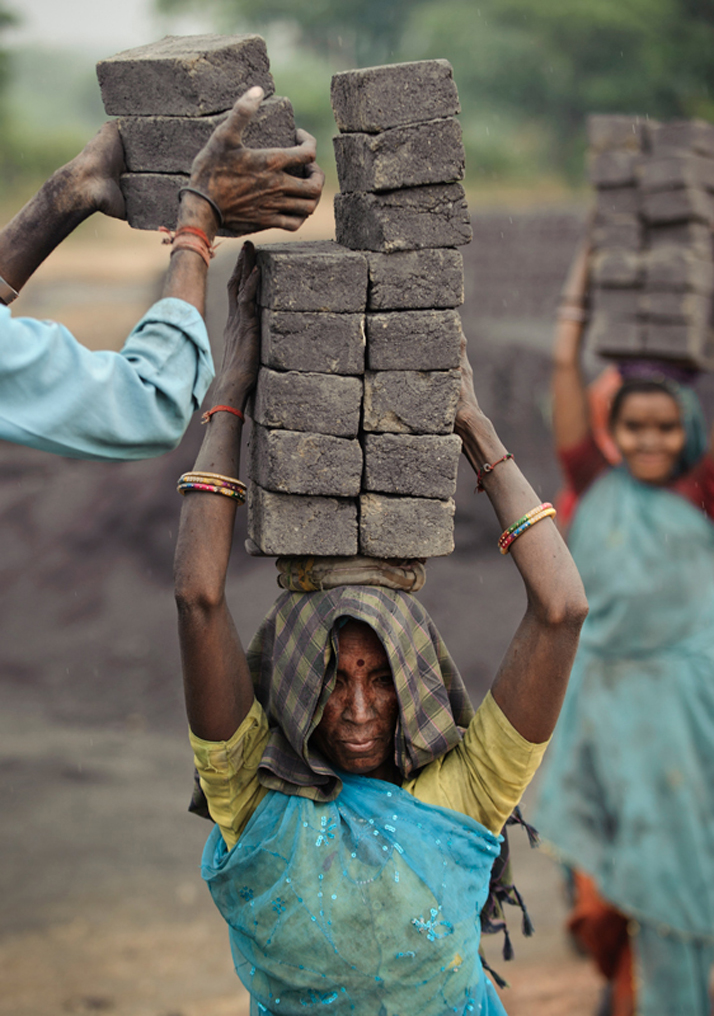
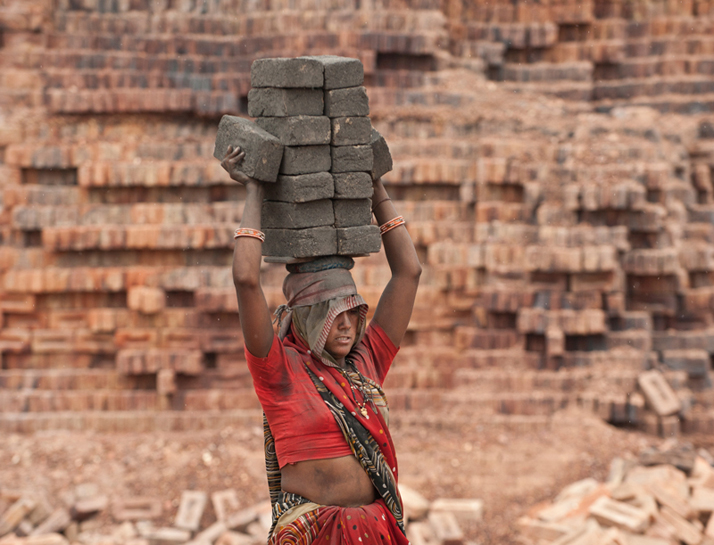
I was telling you in the previous episode that when we think of India we need to change our perspective if we want to understand it. Remember when we graduated high school and we were 15 to 20 people competing for one place in the University? Do you remember the fear not to fail? Multiply that 50 times and you will have a better idea on how competition is in India. This is how working in India made me feel. Of course, there are also the elevated social layers which can afford different standards of living and working. But I only had 40 days to spend in this country, so I tried to avoid them and kept contact with people that feel the tough side of life.
In no particular order, you will see below some of the people and their work that I met along the way! The poorer they were, the more welcome I felt amongst them. It's a cruel rule everywhere in this world.
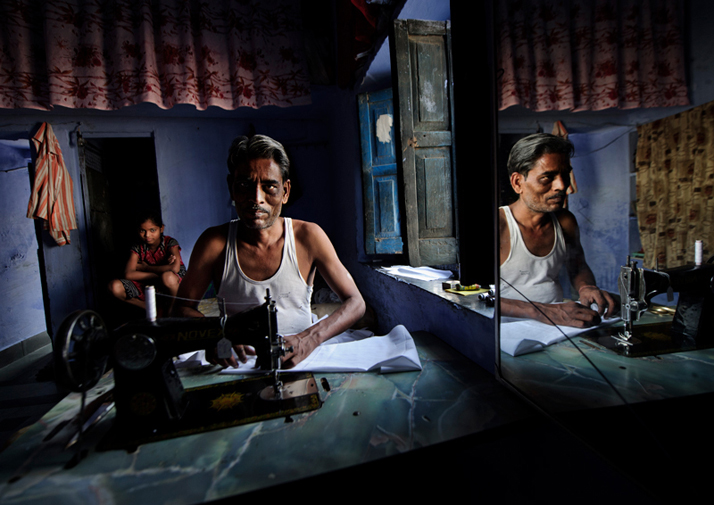
This tailor, I saw him from down the street, his door was wide open and I only needed to step inside posing my curious face. "Namaste!" it's the first thing to say if you want to be polite and show some minimal respect.
What I loved about India and not only, is that with one smile you can overcome any kind of social or linguistic barrier. One smile – open, honest and from the bottom of your heart – will give you back something amazing: the soul touch of another human being. Smile and they
will always smile back at you. Words are unnecessary.
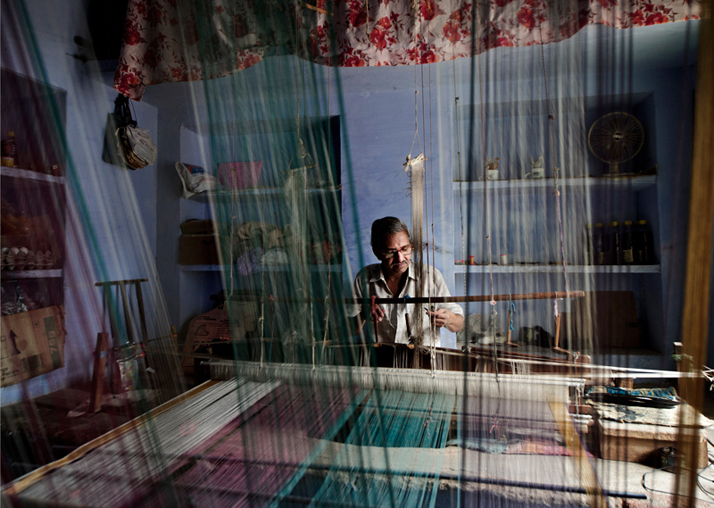
The man above is a sari manufacturer. A sari is one of the most wonderful women’s clothes I have ever seen; it's a piece of silk or cotton 7 meters long wrapped around the waist and shoulders. It gathers all the colors in the world and offers a splendid life spectacle on all of
India's streets.
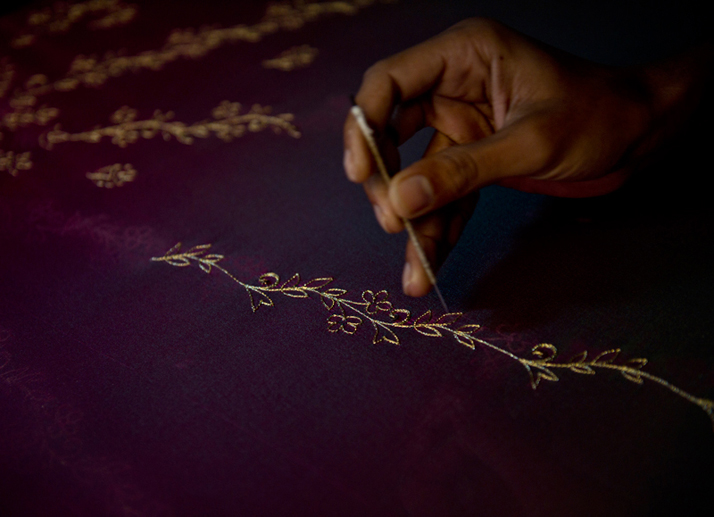
From yellow to deep red, green, blue, brown, white and black, cherry to pink. Imagine them all together on the same street. It's a fluid of life expressed through color. ome of the models are handmade and it takes weeks to decorate a 7-meters piece of silk.
One other worker I met everywhere in India are 'the tea and coffee makers'. You can find them at every street corner, wherever there is some shadow, day and night.
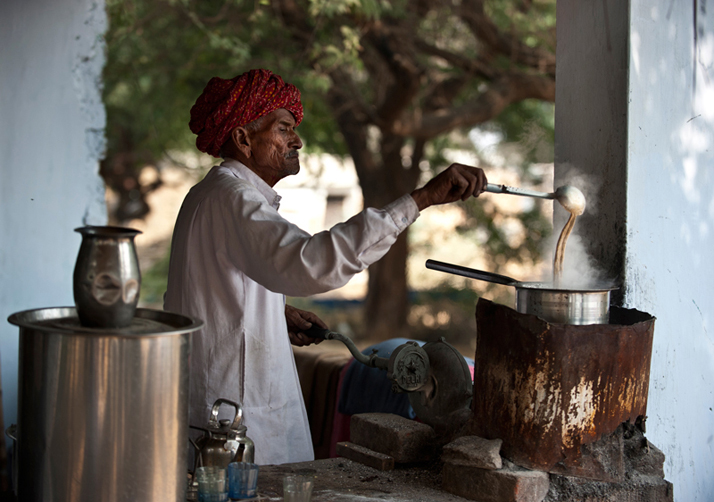
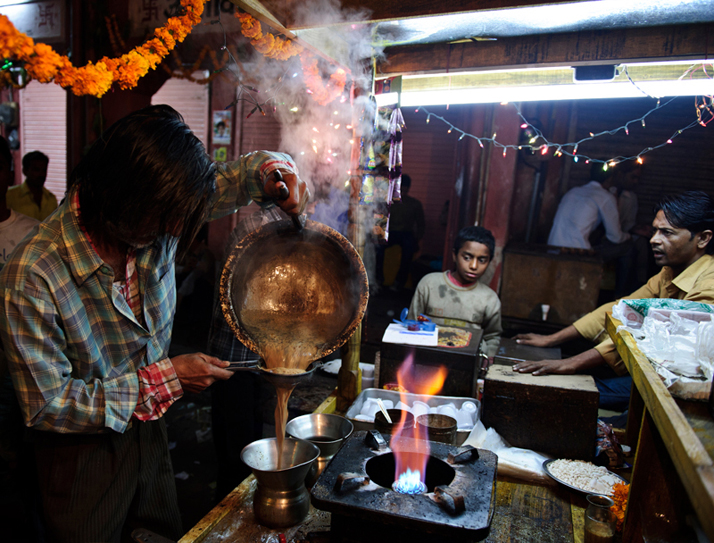
One coffee or tea is 5 rupees (1 dollar is 45 rupees); it takes one minute to make, fresh and hot. Wonderful taste, I can tell you, and if you want to try it, you should know I have one pack in my drawer, just bring some milk on your way here and some ginger. I can make it for you :)
The Indian food is one of the best I have ever tasted. Spices, smells and tastes so new to my senses! During the first two or three days I still had in my mind all that silly advice from back home: books, sites and people telling me to beware what and where I eat if I want to keep my stomach and not ruin my trip. I didn't listen to them and followed my gut feeling: I ate everything from everywhere and it was the best decision I could ever take ’cause it's impossible to get into the heart of this country without tasting it with the tip of your tongue first. One little piece of advice though… we had 4 liters of plum-brandy with us, which took good care of any concern :)
Coming back to the jobs, everyone knows how to cook in India! There are no refrigerators and the food is prepared on the spot. Whatever you want to eat, it's cooked that minute. I couldn't resist it, and ate all the time yet came back 3 kilos thinner. I think that says a lot on
our modern agriculture additives.
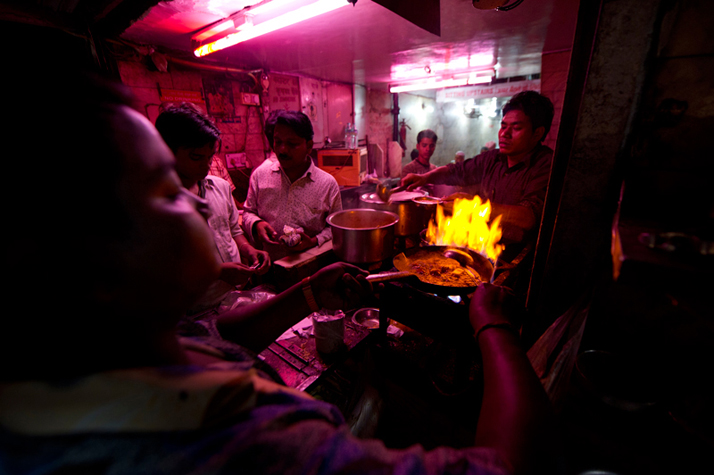
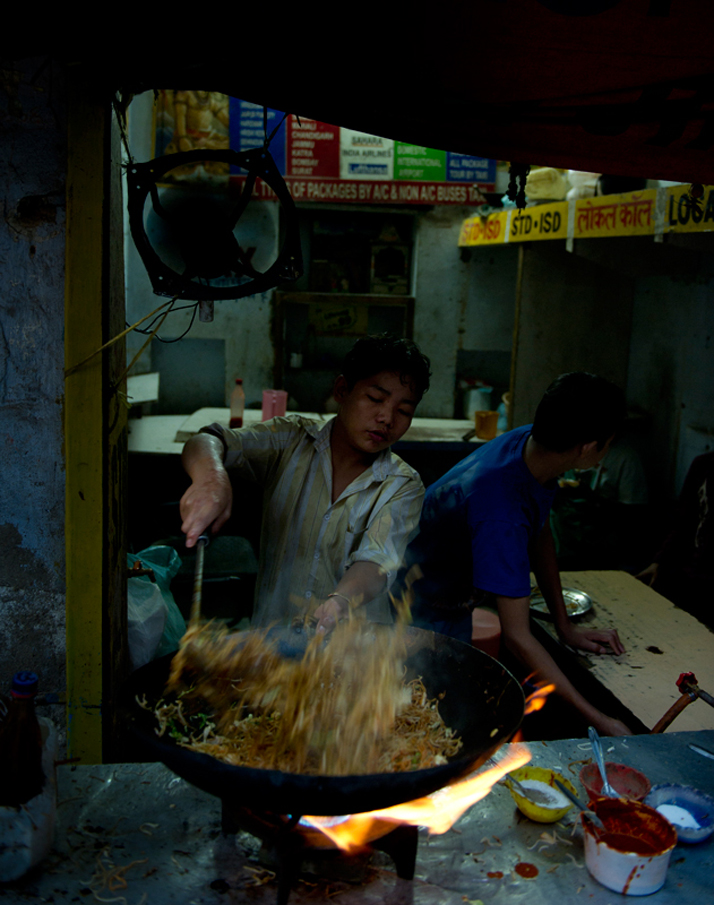
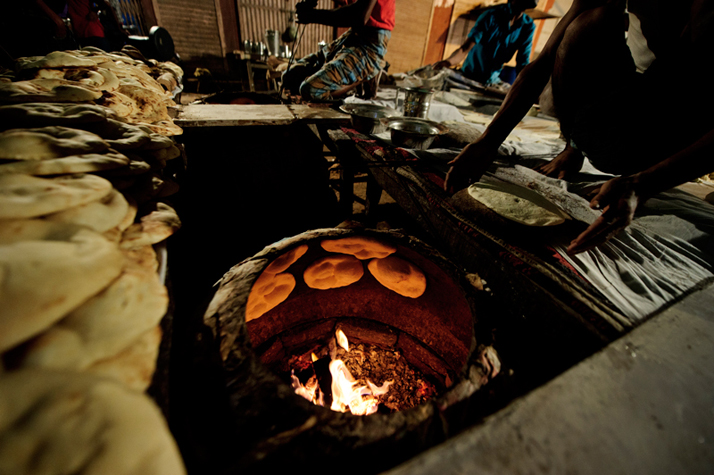
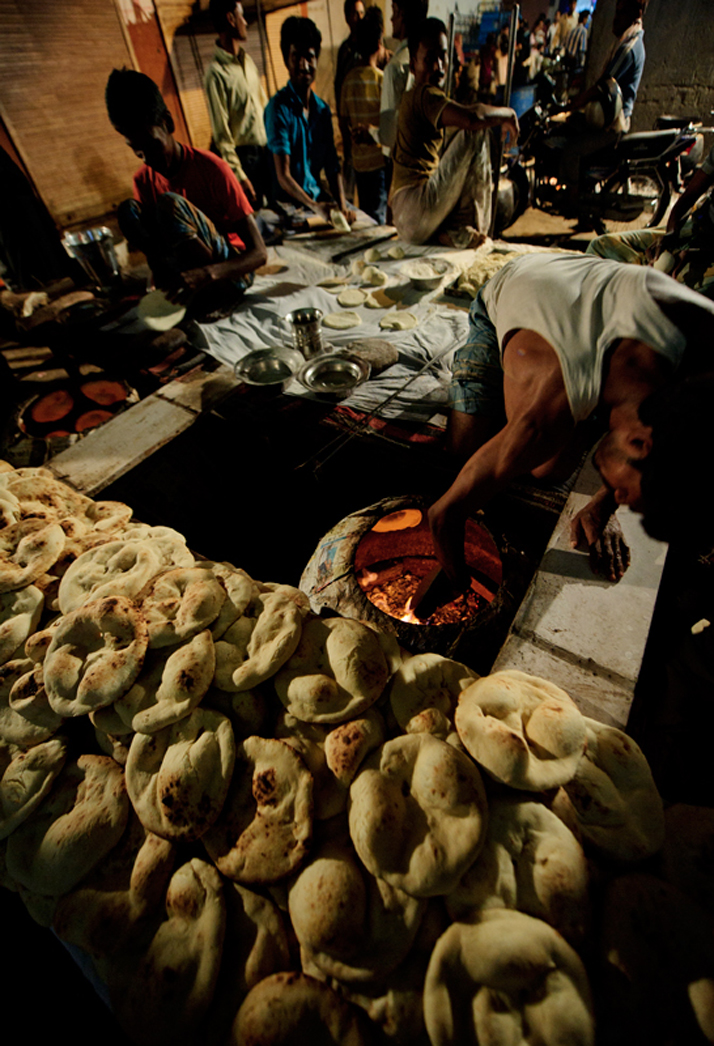
The chapatti or naan – that’s how the Indian bread is called! If I close my eyes I can still feel
its smell.
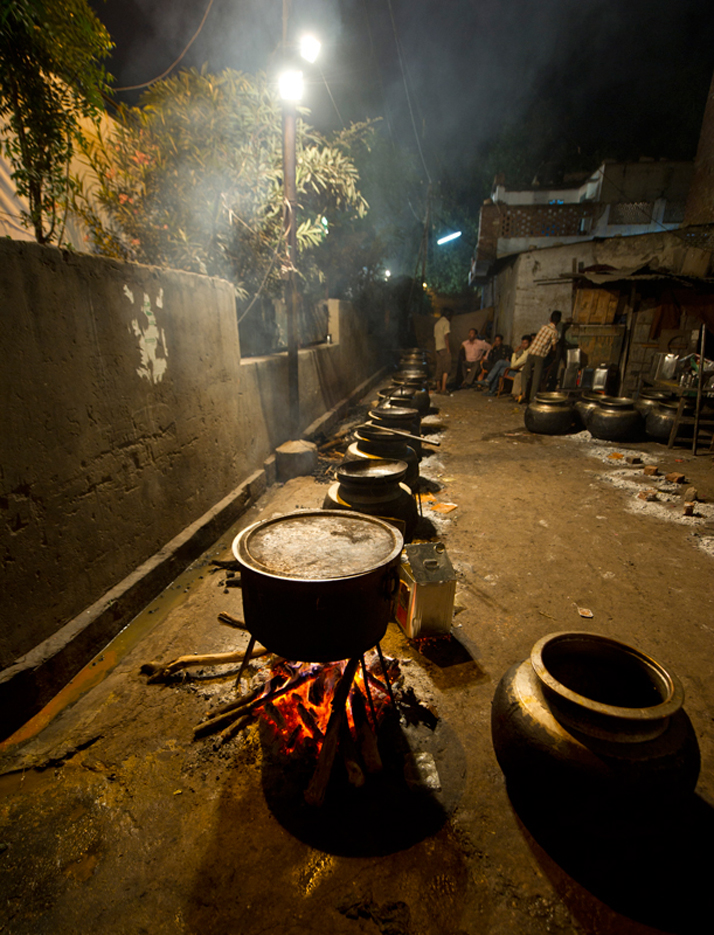
Each of the pots above had a different dish! Couldn't leave the area until they made us taste each one of them. After the fourth I was already done...
Below, sweet-makers and sellers.
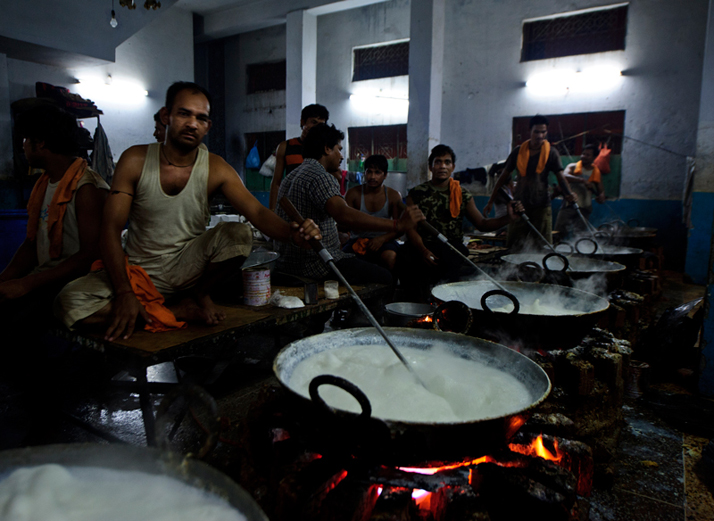
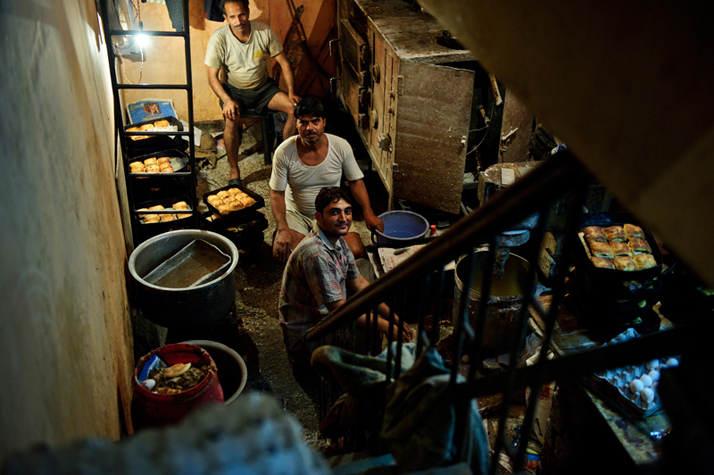
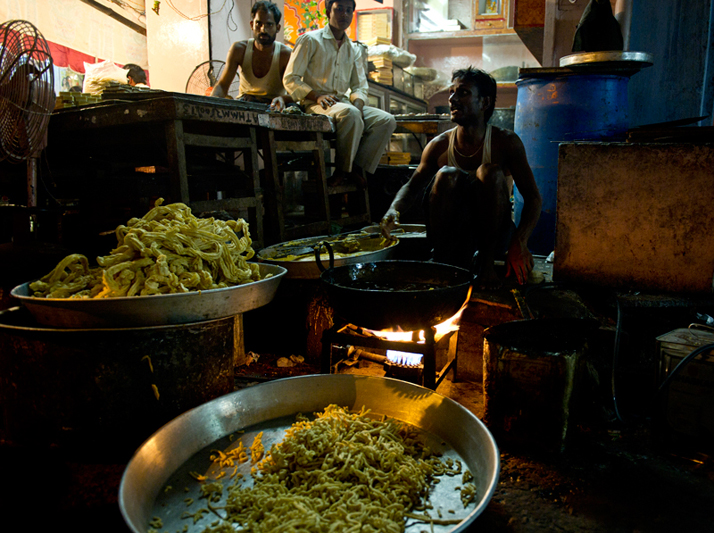
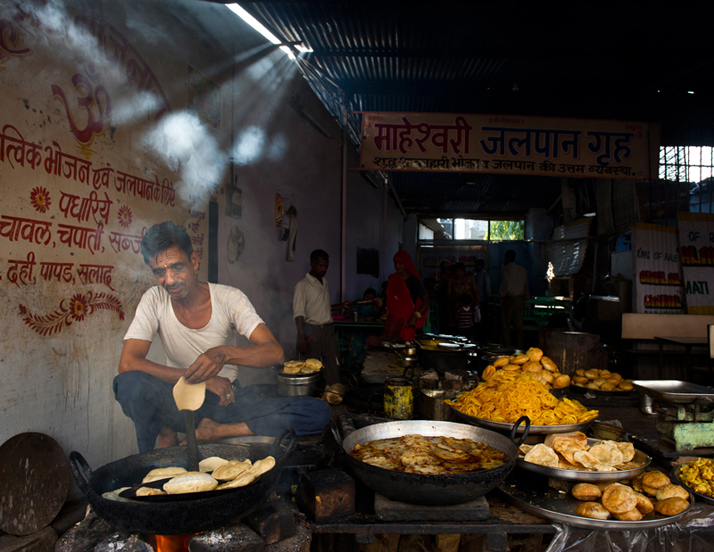
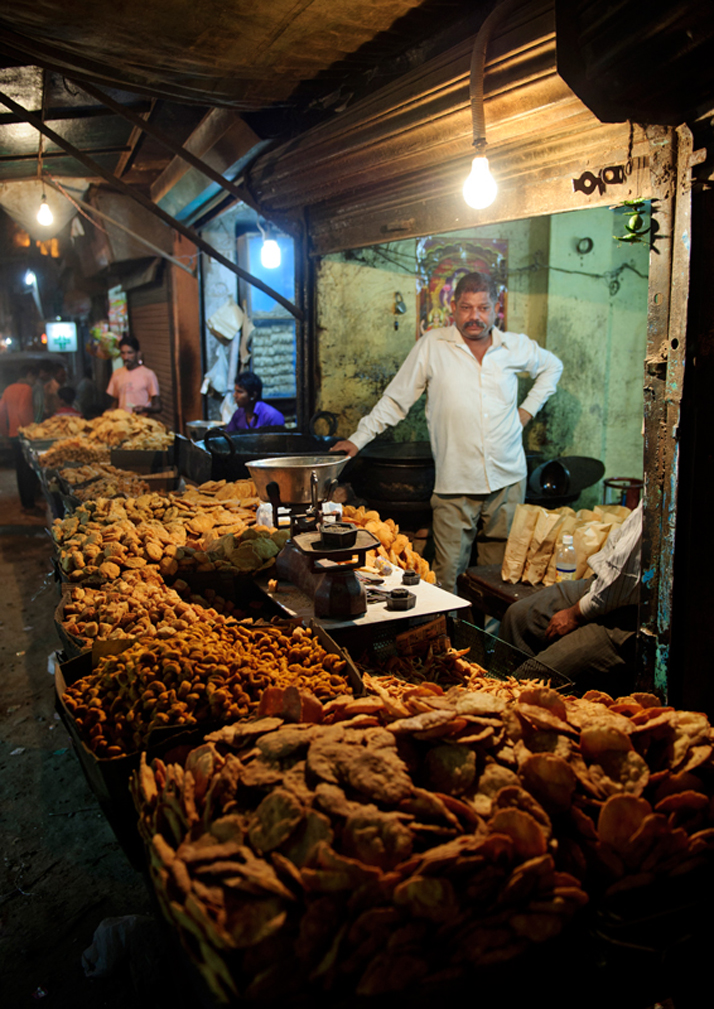
Fish market – meat is a luxury for most of the poor
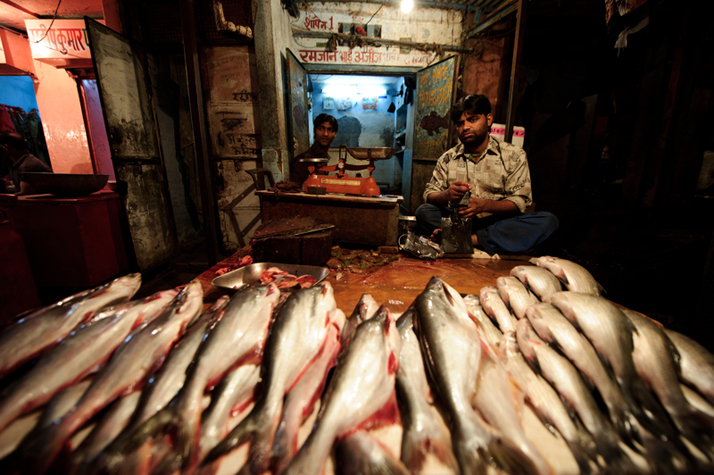
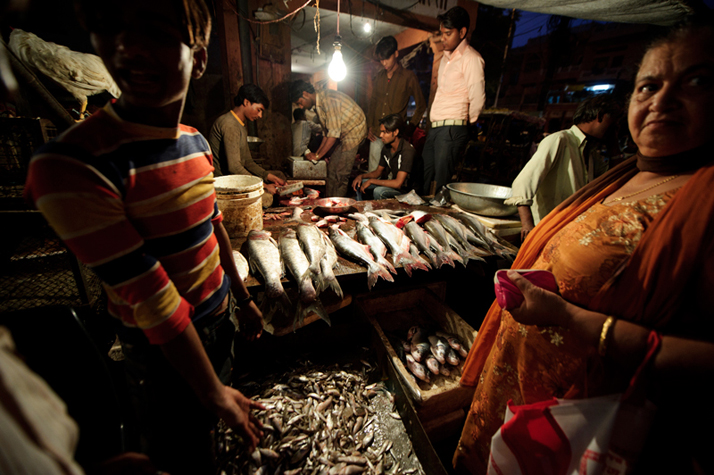
Milk seller -– early in the morning you can see dozens of motorcycles carrying the fresh milk
from the villages to the cities.
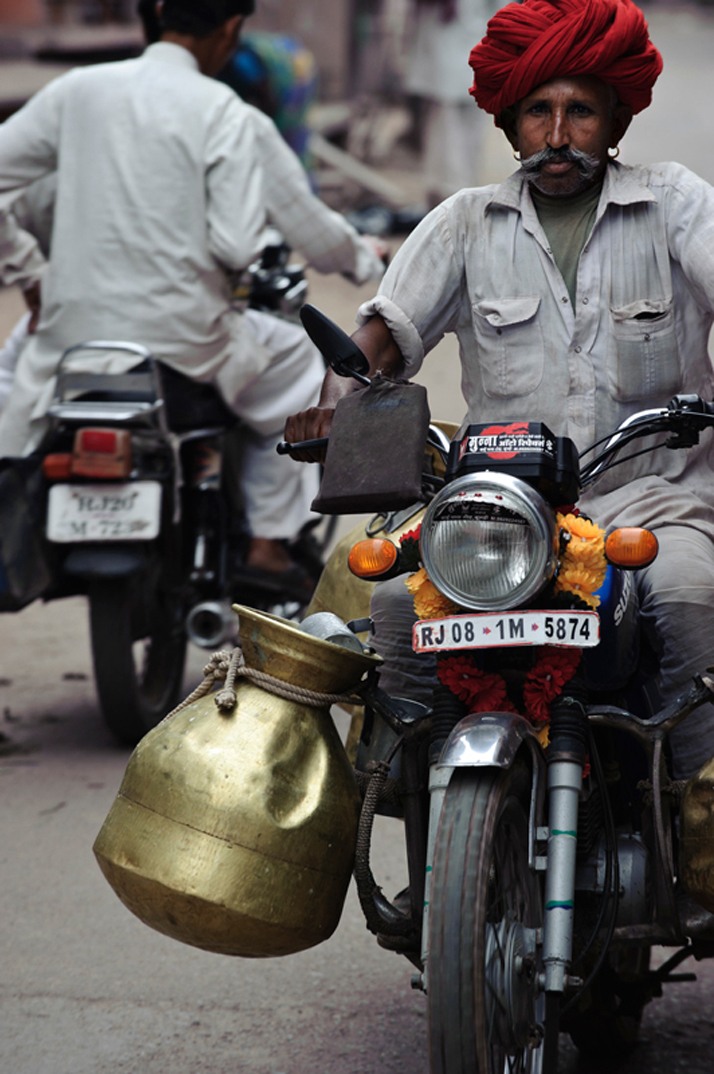
Milk prices differ according to how much water has been added or not. Transportation in India is no easy task. Cars, motorcycles, bicycles, tuc-tucs, there are millions of vehicles of every kind crossing each other in an inferno of blaring horns. Of all these, the rickshaw men have the most exhausting job. If you look into their eyes you will see how exhaustion looks. Carrying loads and people, these workers make just a couple of dollars a day.
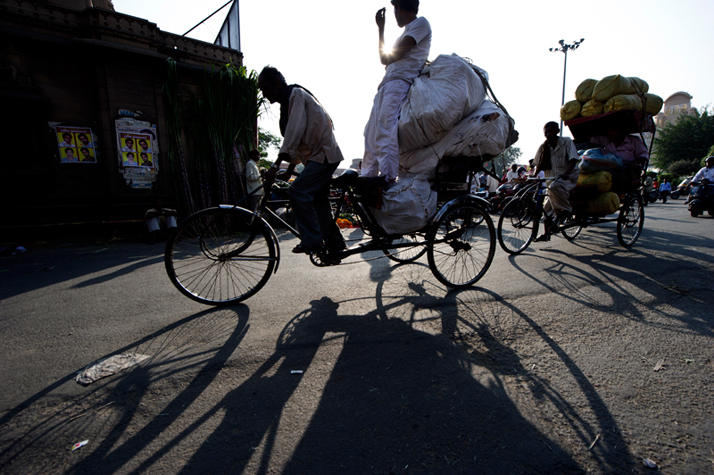
However, if you're just a bit luckier and belong to a family which inherited some kind of handicraft like the one below, you could sit all day long doing the same thing for hours on end and make the same few bucks a day.
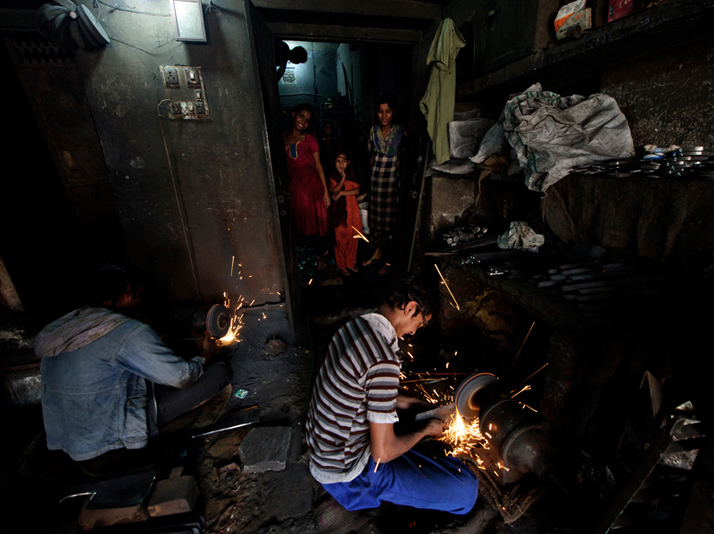
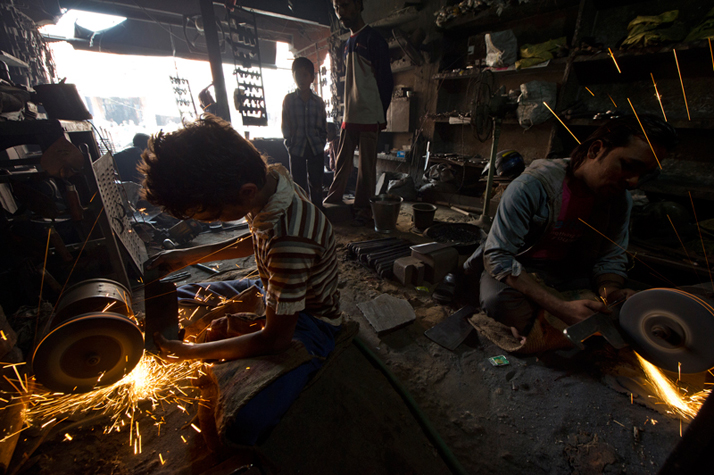
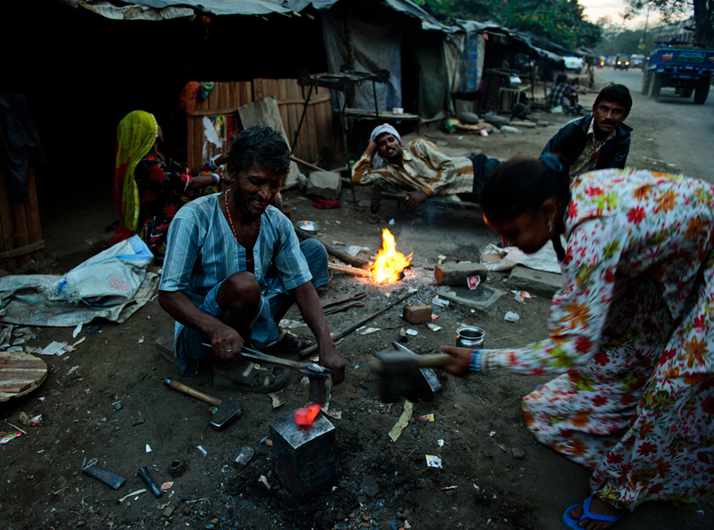
And don't believe you'd be the only one offering this, there are dozens doing the same thing.
Remember the washing men from Varanasi? Thousands like them...
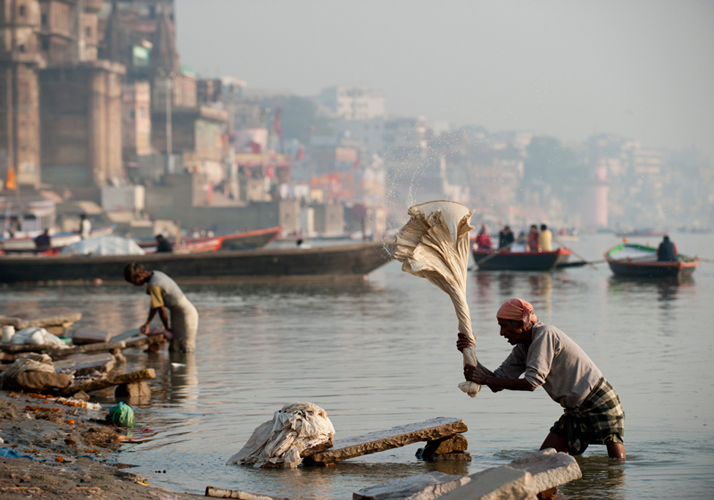
Believe it or not, the Snake charmer is not just an amusement; I met them everywhere, it's just another
type of job. However, I was deeply disappointed when I found out that all the snakes are mutilated, with
no poison and in most cases no eyes either. India has put snake charming outside the law; however, it will
be still practiced as long as "coach tourists" offer money to watch such a "dangerous scene"!
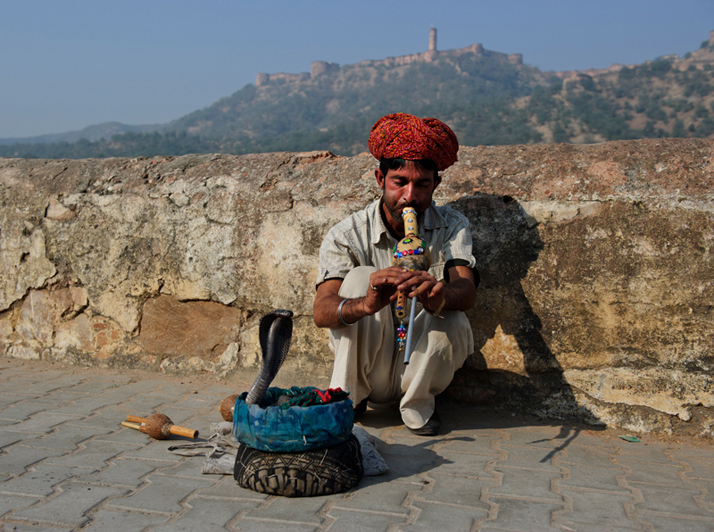
Vegetable seller
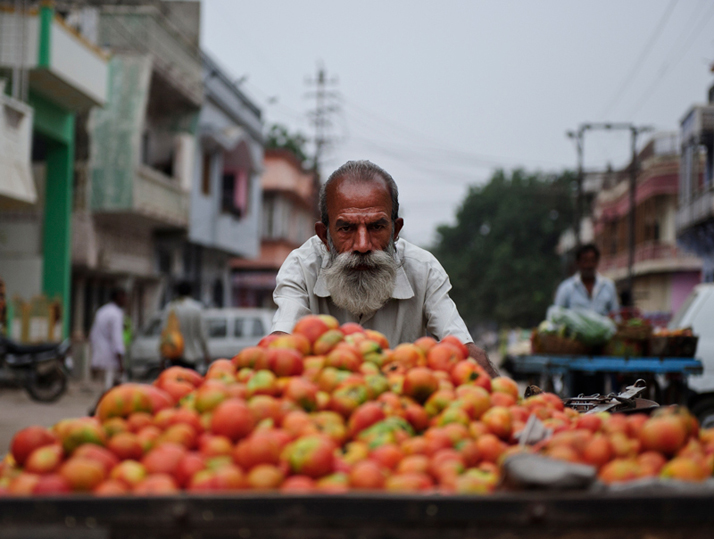
Mirrors at the edge of a street
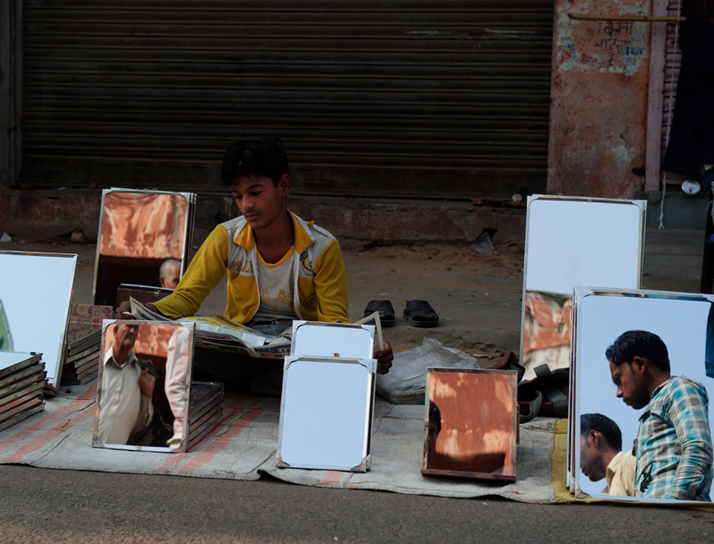
Taking a nap while having your things repaired
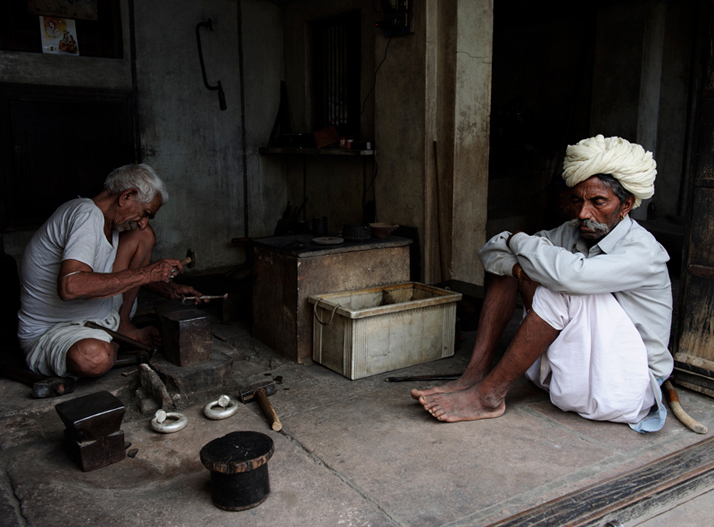
The Watch man
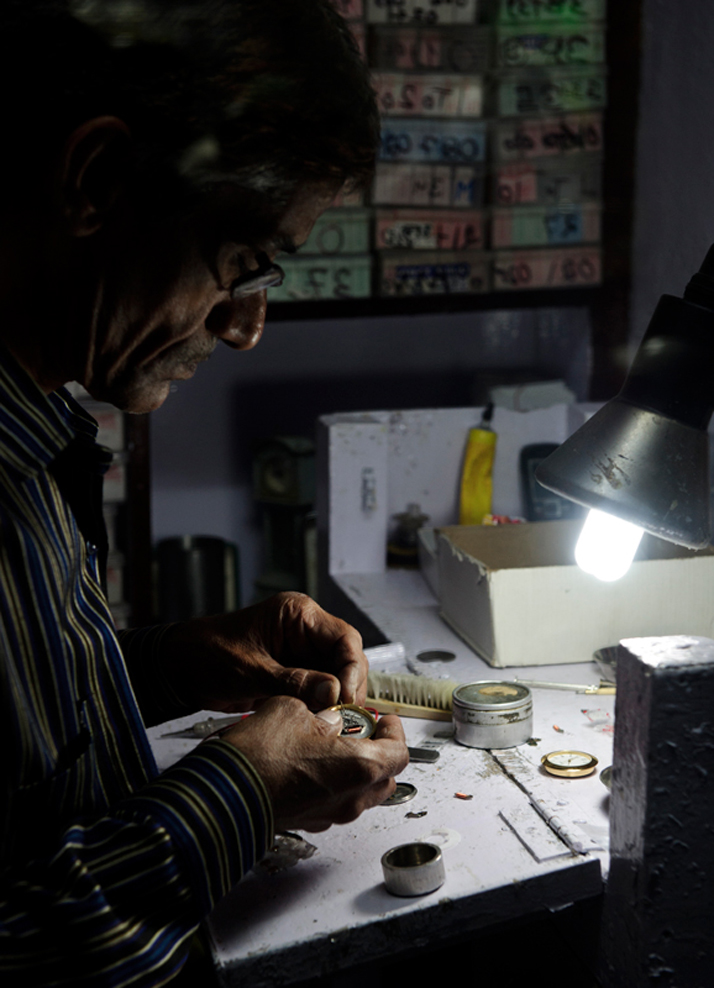
Tailors again
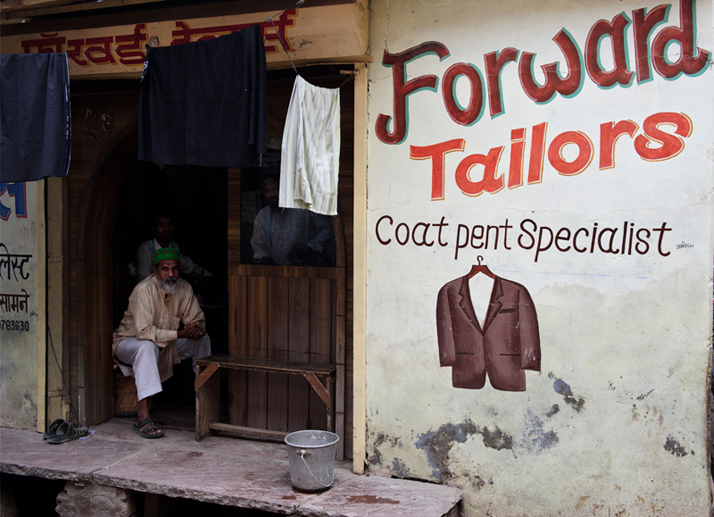
Natural colors - notice the 4 different types of reds
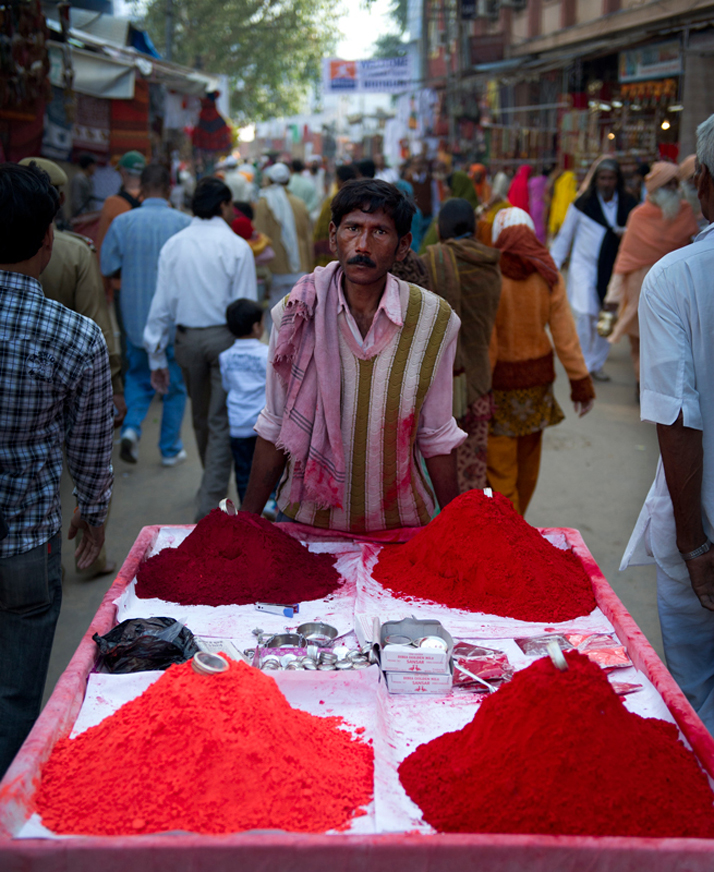
Chicken seller
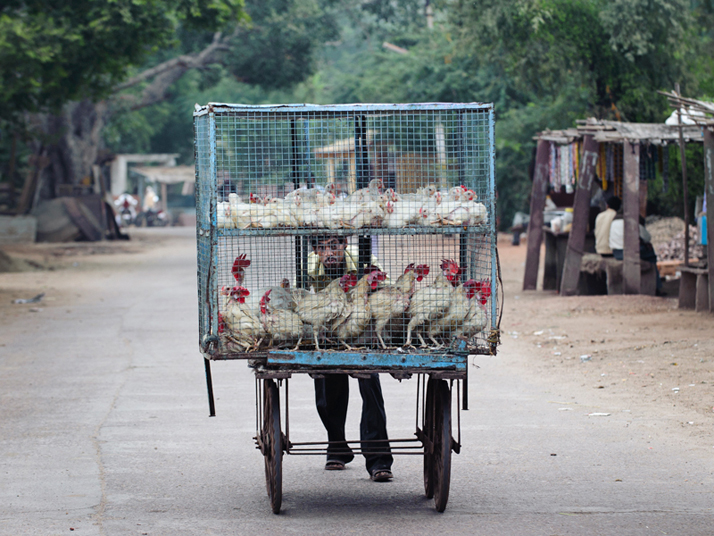
And the plastic jewelry handicrafts. They were making hundreds of bracelets a day. Then women decorate the bracelets with tiny pieces of colored glass.
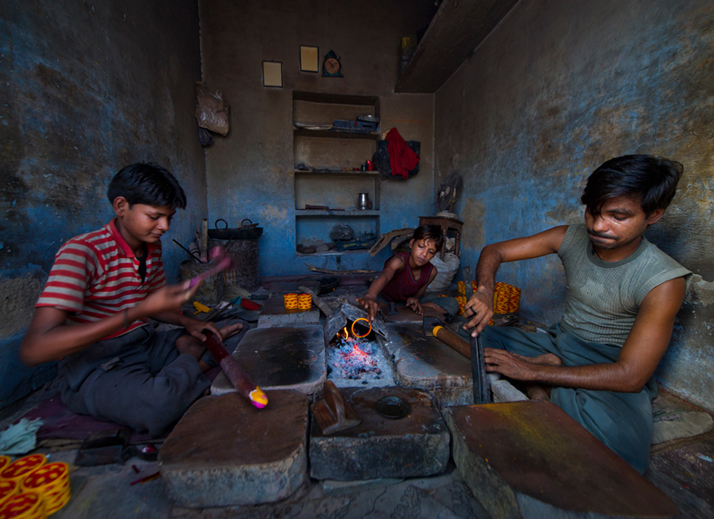
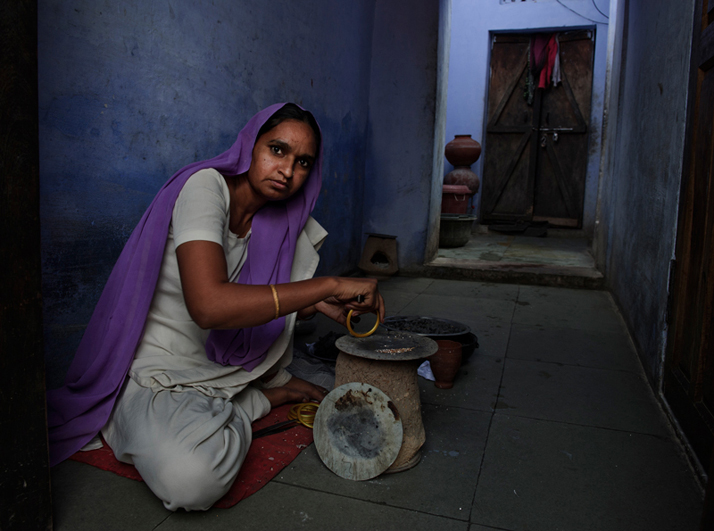
Thousands and thousands of street sellers every couple of meters are transforming the Indian streets into a life bazaar. Everybody is selling something and if you need anything you can be sure to find it. Not many options for them, the Indian workers, to afford being unhappy with a job or even to have the luxury of an imaginary choice, as the pyramid of life in a nation with 1.2 billion
people has different demands than one with only 21 million, like Romania.
Thank you all for your kind feed-back on the first Indian episode. Unfortunately, we needed some time to come up with the second one; we've been busy at our own jobs :)
Keep in touch with us for the next episodes and feel free to send the link to other people also.
Namaste!
